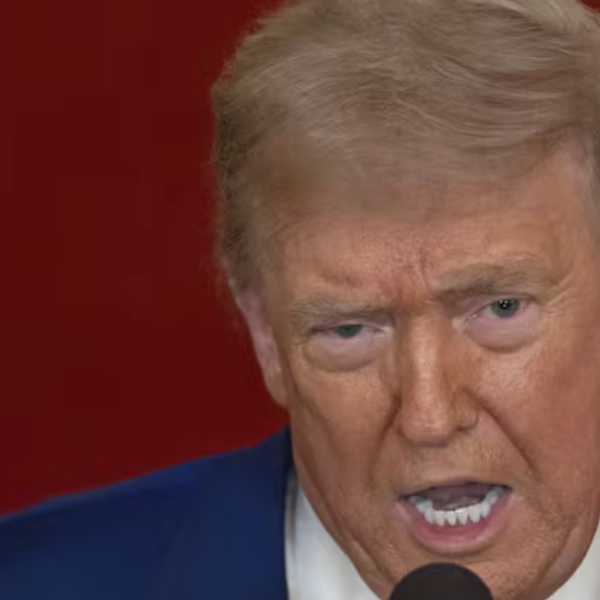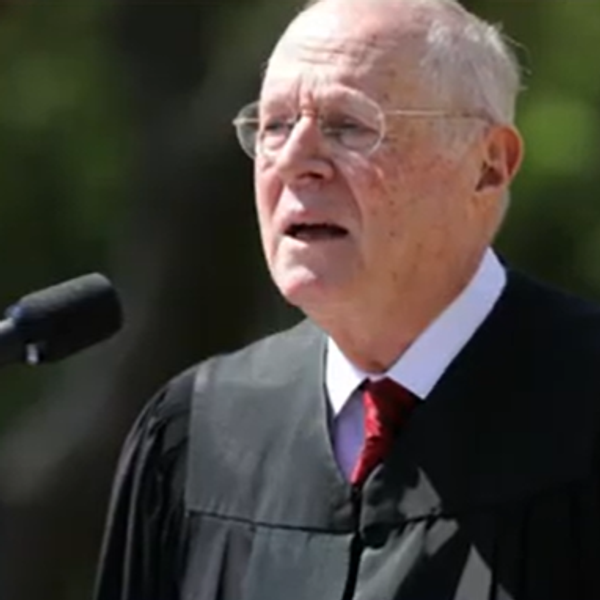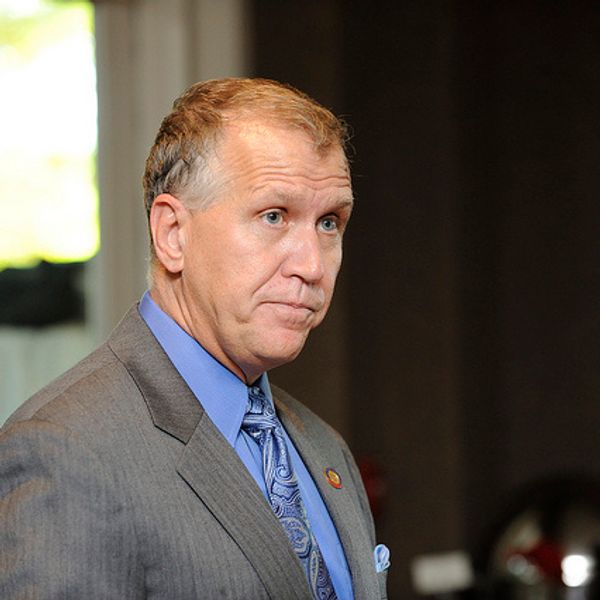
A new report released by the Advancement Project highlights the numerous ways “young voters of color” are affected by restrictive voting laws that have been adopted by Republicans in several states across the nation.
The millennial generation, which is now between 18 and 29 years of age, is significantly more racially diverse than prior generations. Thus, the report explains, laws that suppress the youth vote also suppress voters of color. Restrictive laws affect particular demographics – in this case, young African-American and Latino voters – in different ways; some produce abnormally long lines on which voters must wait just to vote, while others implement barriers to actually getting to the polls.
On Election Day 2012, polling places in Florida counties with especially high numbers of minority youth voters closed on average 86 minutes after the 7 p.m. closing time, as a result of long lines. The obvious danger is that this will discourage young voters from voting. Others may “not be able to wait many hours to vote in future elections.”
A similar situation also occurred in Pennsylvania during the 2008 presidential election. Though local election officials petitioned for a larger polling space to cover the Lincoln University – a historically black university – district, the state’s Chester County Board of Elections denied the request, forcing voters to endure 6- to 8-hour wait times in the original “inadequately sized polling location.”
Also in Pennsylvania, and other states such as Texas, strict photo ID requirements directly affect specific groups’ ability to vote. A survey included in the report compares the disproportionately implemented voter ID requirements in both states to states without such laws. In states without voter ID laws, 65.5 percent of young black voters and 55.3 percent of young Latino voters were asked to present photo identification – a significantly greater share than the 42.8 percent of young white voters asked to present the same form of ID. In states with voter ID laws, however, 84.3 percent of young white voters were asked to produce specific photo ID, as opposed to 81.8 percent of young Latino voters asked to do the same.
An even greater 94.3 percent of young black voters were asked to present ID.
Strict photo ID laws – which typically require a voter to present a state-issued driver’s license or non-driver ID – account for why 17.3 percent of young black voters and 8.1 percent of young Latino voters could not vote in the 2012 presidential election. Fewer than 5 percent of young white voters were not able to vote for the same reason.
The measure is especially effective because many young voters in general don’t have a driver’s license. Even those who do, but attend an out-of-state college, do not have a state-issued driver’s license, and obtaining a standard state-issued photo ID usually requires a birth certificate – an obstacle that makes it more difficult for young voters. Furthermore, a larger percentage of young white voters have different forms of ID than young black and Latino voters. The report also mentions that several states – including Texas, North Carolina, Wisconsin, Kansas and Pennsylvania, among others – have even attempted to ban student photo IDs as voter identification.
In North Carolina, however, specific photo ID requirements are not the sole legislation hurting young minority voters; in August 2013, Governor Pat McCrory signed into law a ban on same-day voter registration during early voting – the law also decreases the early voting period by a week. Among other provisions, the law also eliminates pre-registration for 16- and 17-year-olds and a state mandate for voter registration in high schools. In October, a Republican precinct chair from Buncombe County, North Carolina, Don Yelton, admitted that the legislation hindered African-Americans’ and college students’ ability to vote.
According to Yelton, both demographics were targeted because they tend to vote Democratic.
These types of restrictive laws are only gaining more traction since June, when the Supreme Court struck down a crucial provision of the Voting Rights Act that required specific states known for passing discriminatory voting laws to first get “pre-clearance” from the federal government in order to change their voting laws.
The Advancement Project warns that “attacks on young voters” are “ongoing” and “threatening the voting rights of many across the country for future elections.”
The report also recommends “policy-makers and election officials…concentrate on positive measures that would help alleviate the woefully low percentage of voter participation rates seen…especially among young people, who are our future.” Besides eliminating laws that implement strict ID requirements, ban same-day voter registration and shorten early voting periods, the Advancement Project also suggests nationwide implementation of online voter registration, “uniform standards” for voting machines and poll workers, and institutionalizing voter registration.
Lastly, the report adds: “Congress must act immediately to update the Voting Rights Act.”
The problem, however, is not that politicians are unaware of how to increase voter turnout, but that there are many lawmakers who support these restrictive laws because they benefit their party.
Photo: SEIU International via Flickr








